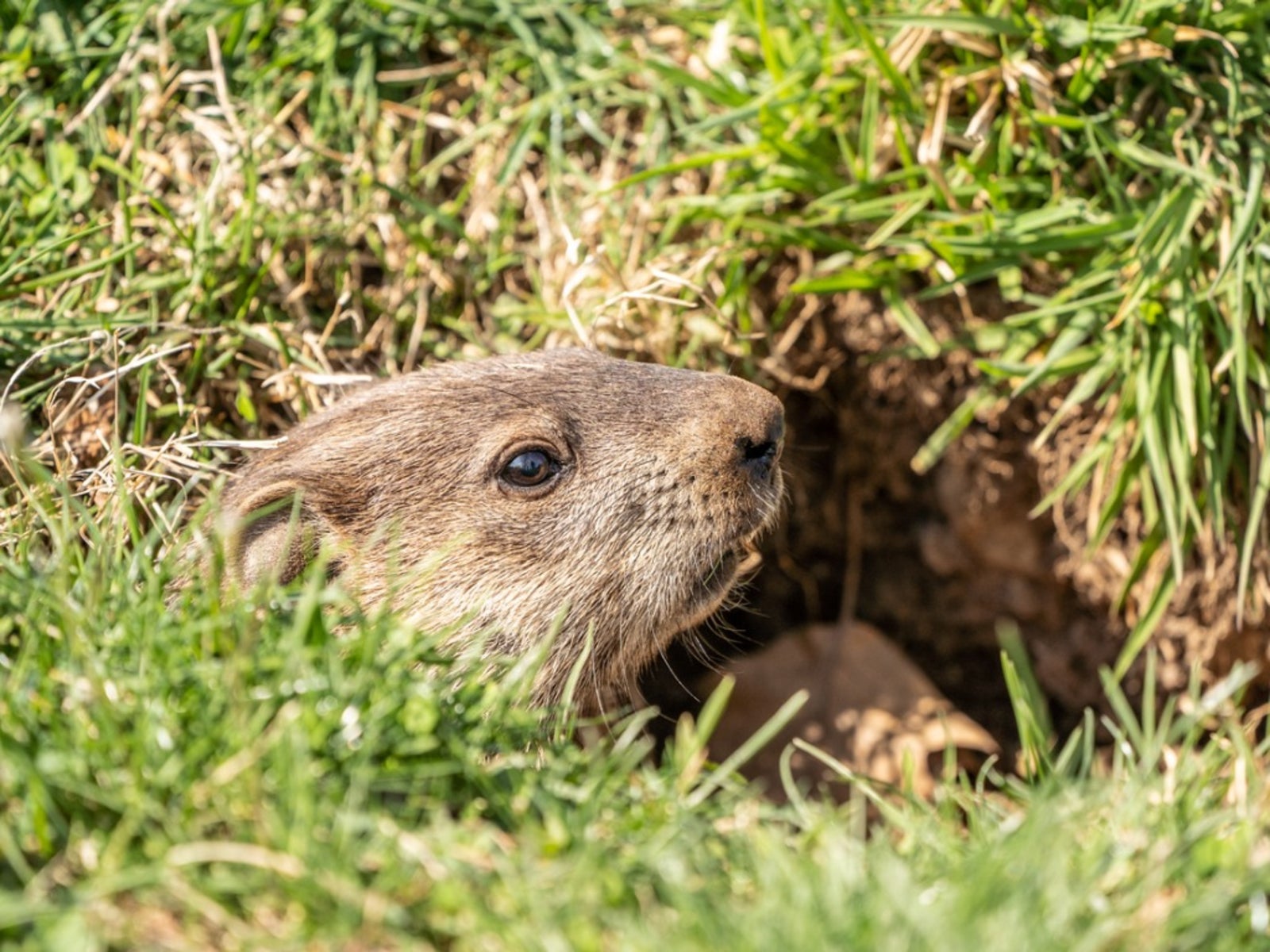Eliminate Gophers With Gopher Repellent Or Other Means Of Gopher Control


Gophers can be a serious problem for a homeowner. While they may be cute-looking, the damage they wreak can be far from cute. These destructive rodents not only tunnel through yards leaving unsightly bumps, they also eat and destroy crops and landscaping plants. For a gardener faced with gophers, learning how to get rid of gophers becomes a priority.
Tips to Help Get Rid of Gophers
The main key to any kind of gopher control is to understand how gophers operate. Gophers dig burrows as a way to travel from feed location to feed location. Whether you are using gopher traps, gopher repellent, or poison to kill gophers, your battleground with this pest will be in these burrows.
Using Gopher Repellent
Gopher repellent is the least effective method of gopher control. Many products on the market that usually work against rodents, such as predator urine, do not deter gophers. Some gardeners do report some success with homemade gopher repellents such as gopher purge, castor bean and garlic. If you will be using gopher repellent, place the repellent just inside the openings to the burrows.
Using Gopher Traps
Gopher traps are a popular method to eliminate gophers. You can use either live traps or snap or pincer style traps (which will kill the gopher). When setting gopher traps, you will be setting them in pairs. Find an opening to an active burrow and dig the opening out enough to allow you to slide one trap into the burrow facing inwards and then follow this with a gopher trap that faces outward. Fill in any gaps. This paired use of traps ensures that you will be able to trap the gopher, regardless of whether it is going into the burrow or coming out of it. Repeat this with all of the burrow openings you can find. Whether you bait your gopher traps or not is up to you. Baiting with things like fruits, vegetables, or peanut butter will help to attract gophers more quickly to the traps, but will not improve the overall effectiveness of the traps.
How to Kill Gophers With Poison
Many homeowners use poison to get rid of gophers. While this is a very effective means of gopher control, you need to be very careful which poisons you use and where you use them. Some common gopher poisons are: Strychnine- This is the most common form and most effective poison for gophers. While it is the most common, it is also the most damaging to the overall ecosystem. Strychnine will not only kill the gopher, but will kill anything that eats the poisoned gopher or anything that may eat the grain set out for the gopher. Use this gopher poison with care. Zinc phosphide- Zinc phosphide is a little less effective than strychnine as a way to kill gophers, and, like strychnine, will kill any animal that eats the poisoned gopher or bait grain. Chlorophacinone (RoZol)- This is an anticoagulant poison. It is the least effective of the poisons, but has the least threat of damage to the surrounding ecosystem. It takes about 10 times more of this poison to kill a gopher than strychnine or zinc phosphide. With gopher poison, placement is key to reducing the potential threat to the non-target animals in the area. The best way to place these poisons out is to find a burrow opening and then using a wooden dowel or other probe, determine where the burrow runs through the yard. Using the probe to make a hole in the ground, place the poisoned bait into the burrow itself several feet (1 m.) from the burrow opening. This will ensure that the poison is beyond the reach of non-target birds in the area and that the gopher dies before it is able to exit the burrow, which leaves them beyond the reach of non-target predators.
Gardening tips, videos, info and more delivered right to your inbox!
Sign up for the Gardening Know How newsletter today and receive a free copy of our e-book "How to Grow Delicious Tomatoes".

Heather Rhoades founded Gardening Know How in 2007. She holds degrees from Cleveland State University and Northern Kentucky University. She is an avid gardener with a passion for community, and is a recipient of the Master Gardeners of Ohio Lifetime Achievement Award.
-
 Which Invasive Shrubs Should You Avoid Growing? Plus, Best Natives To Plant Instead
Which Invasive Shrubs Should You Avoid Growing? Plus, Best Natives To Plant InsteadCertain plants may look lovely but they can wreak havoc to local areas and native wildlife. Here are the key invasive shrubs to avoid – with recommendations on gorgeous native alternatives to try
-
 What Not To Plant With Tomatoes: 8 Bad Neighbors That Could Ruin Your Harvest
What Not To Plant With Tomatoes: 8 Bad Neighbors That Could Ruin Your HarvestNot all companion plants are beneficial – some can sabotage your tomatoes. Find out which ones to keep at a safe distance in the garden.